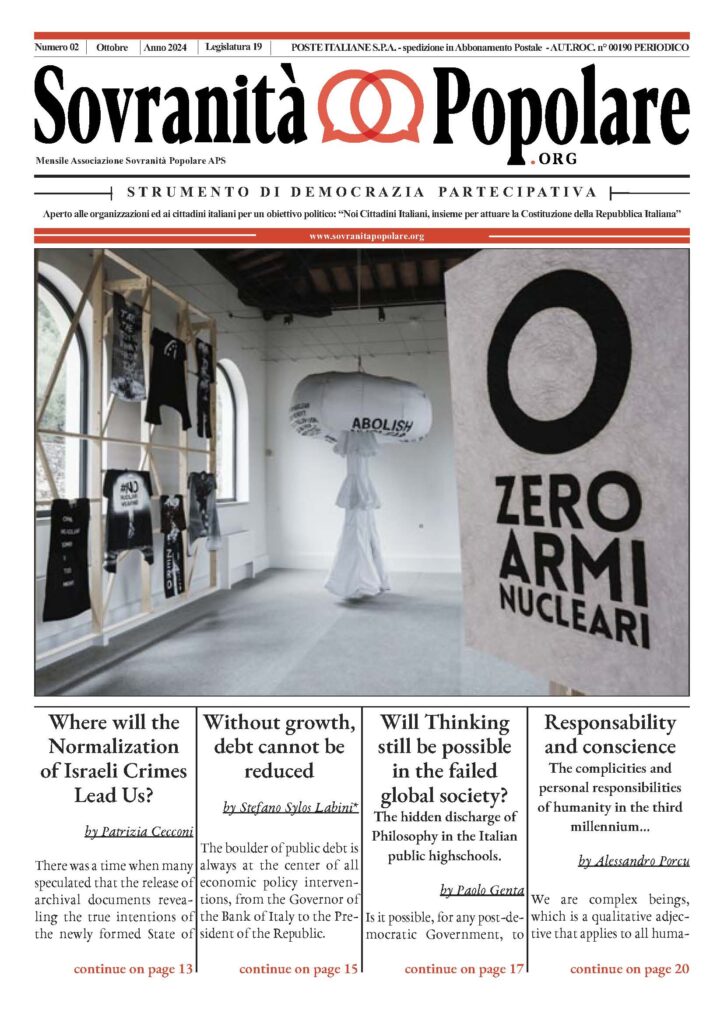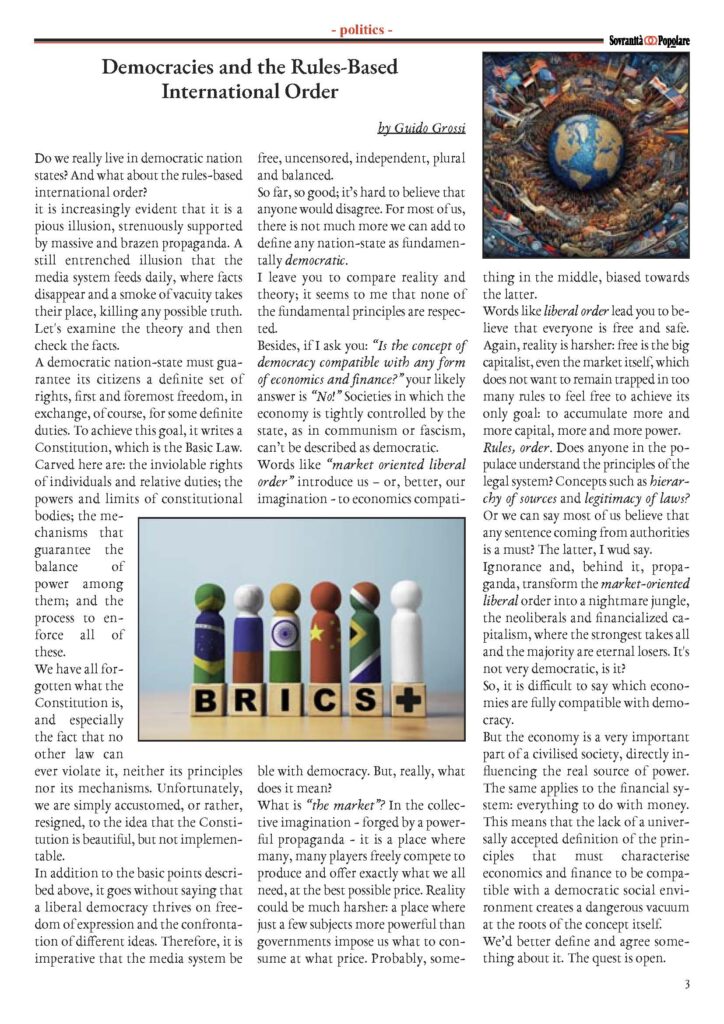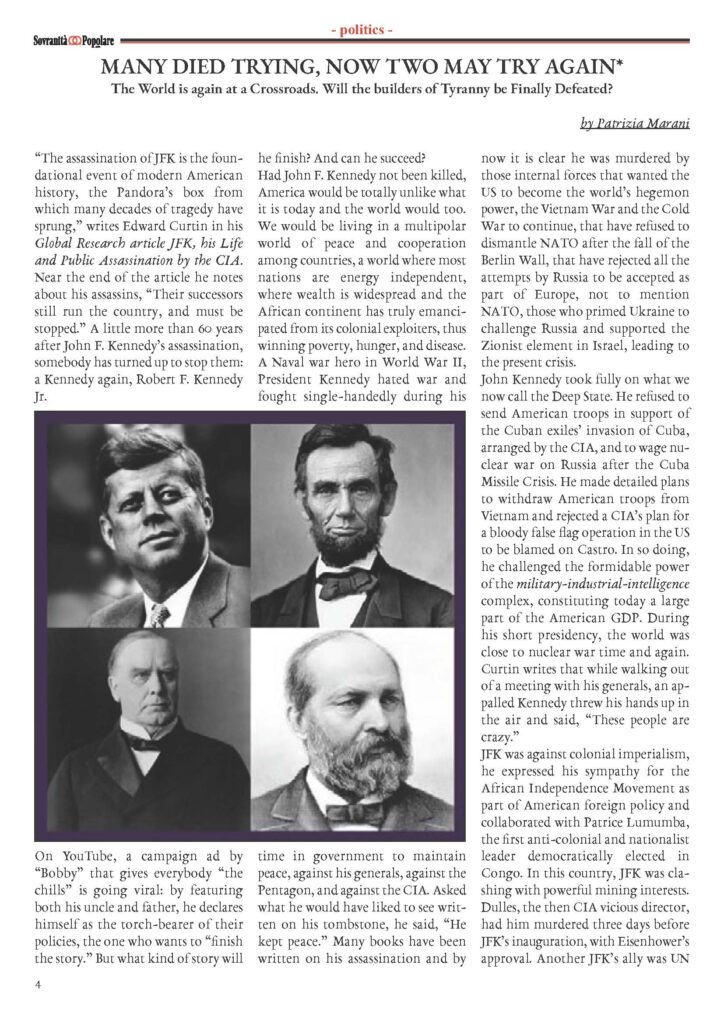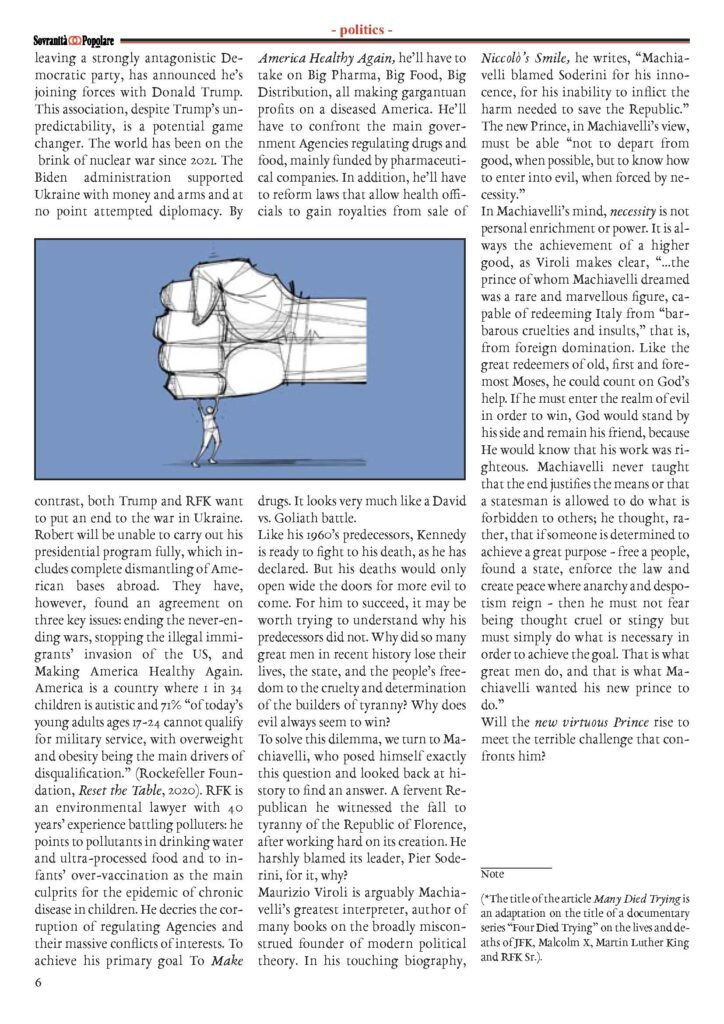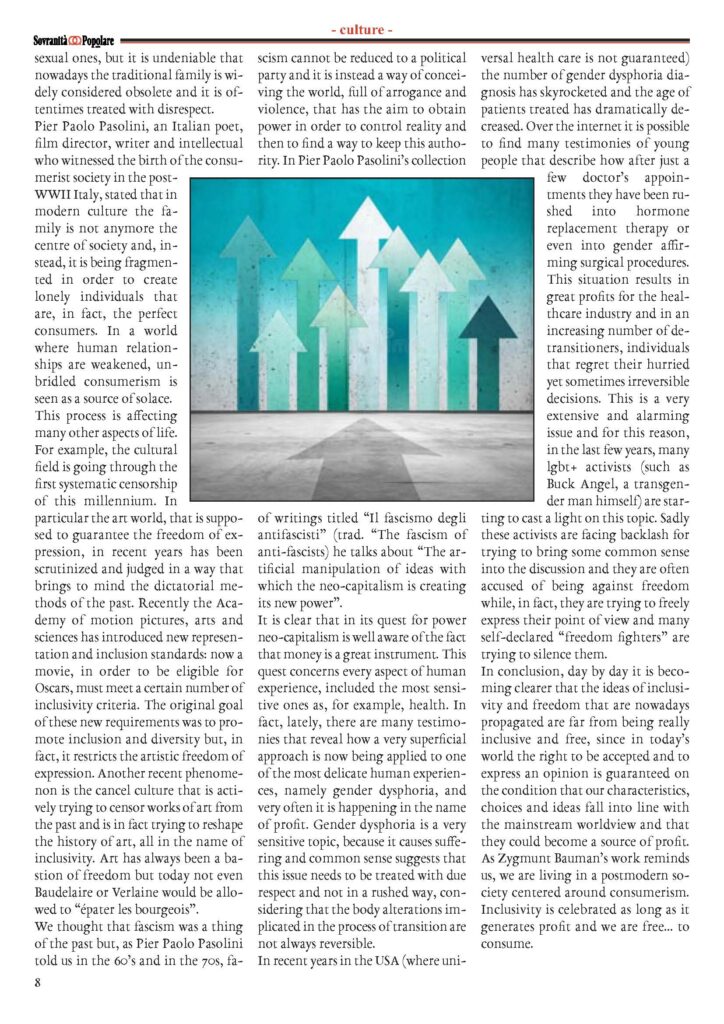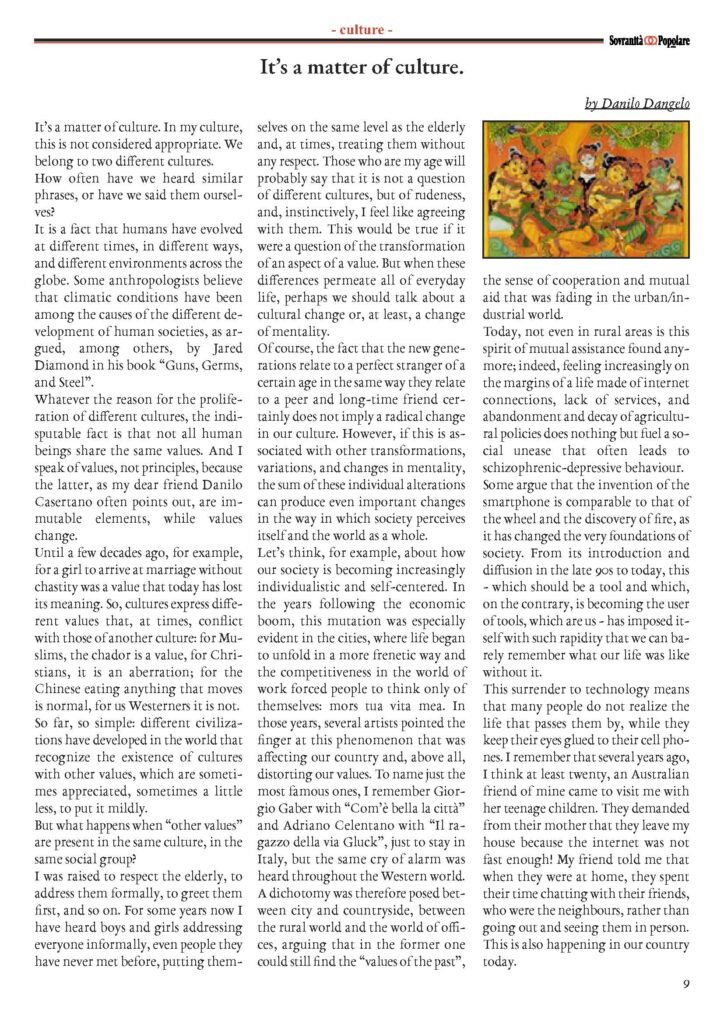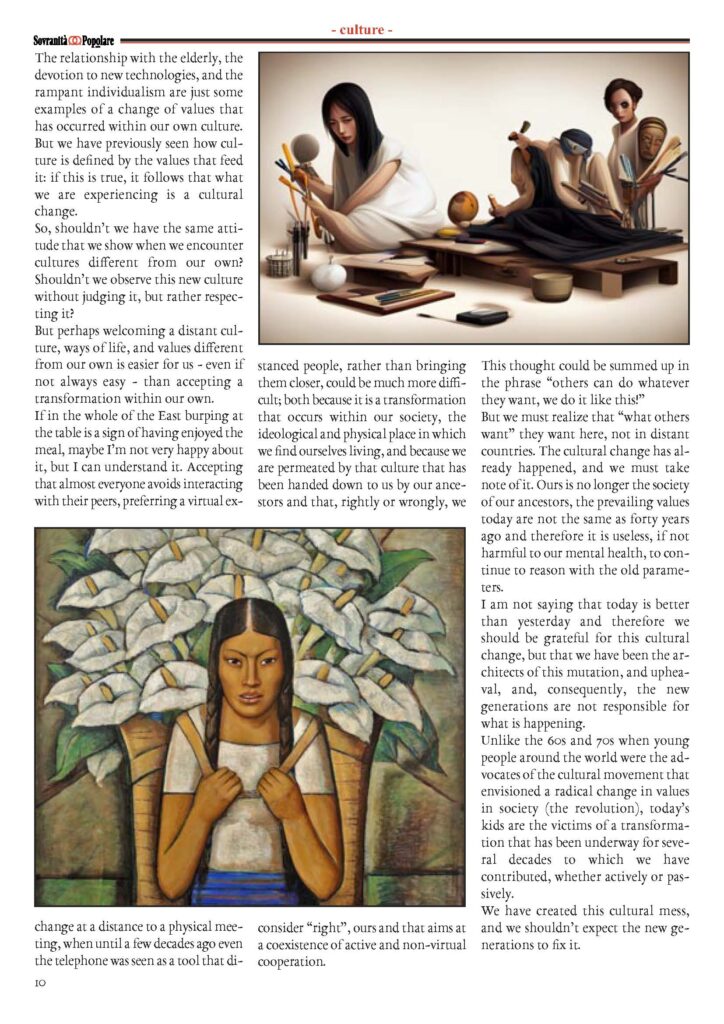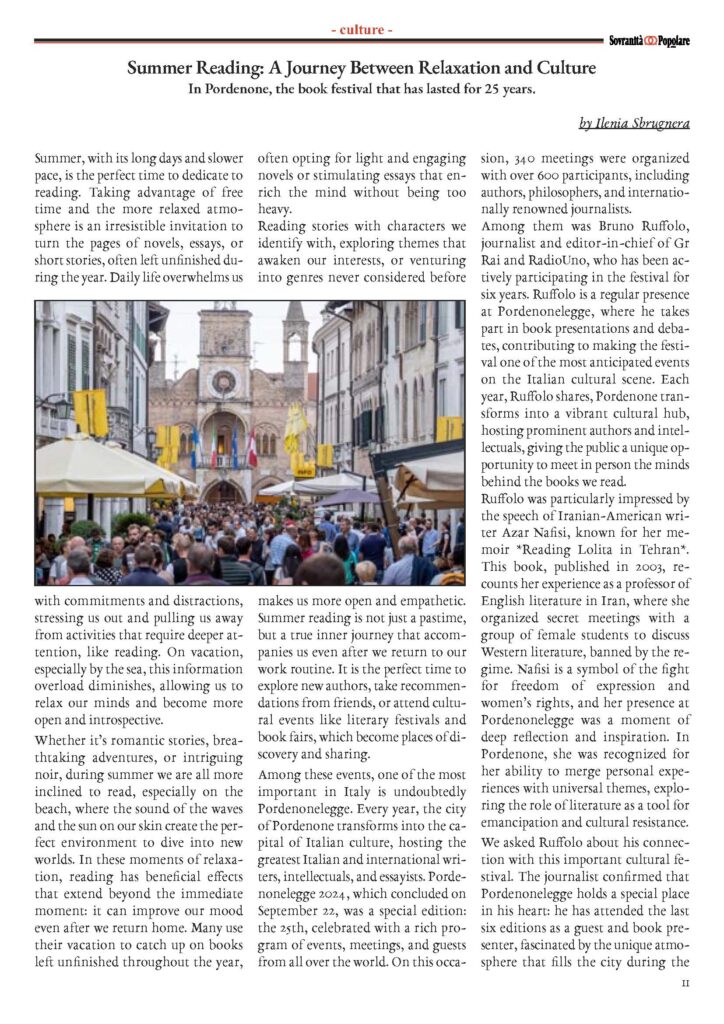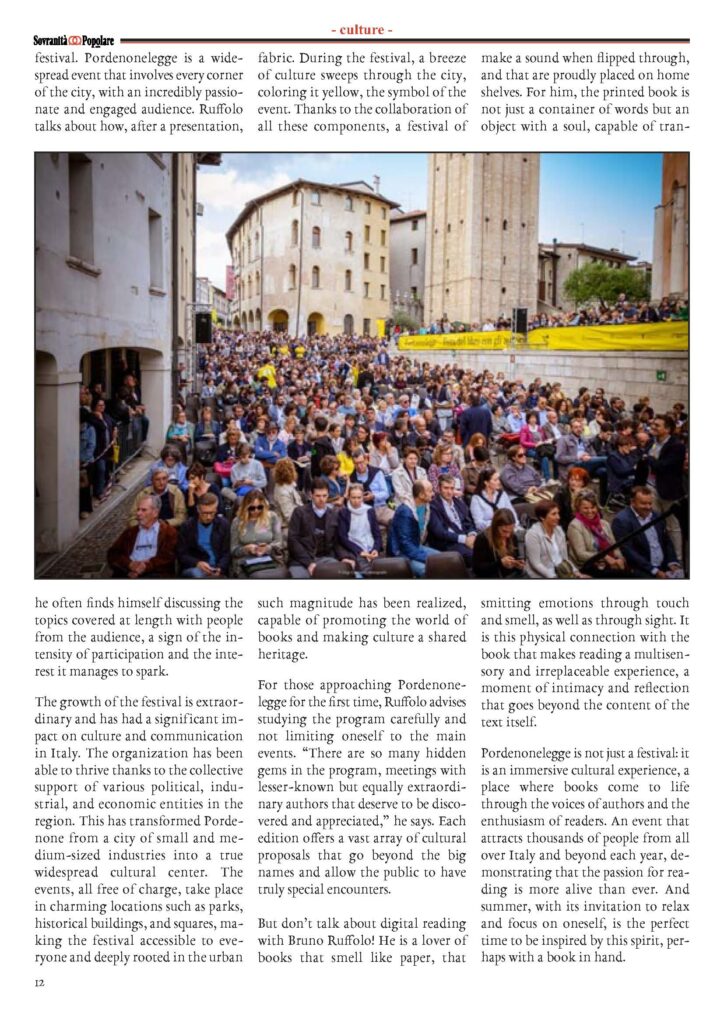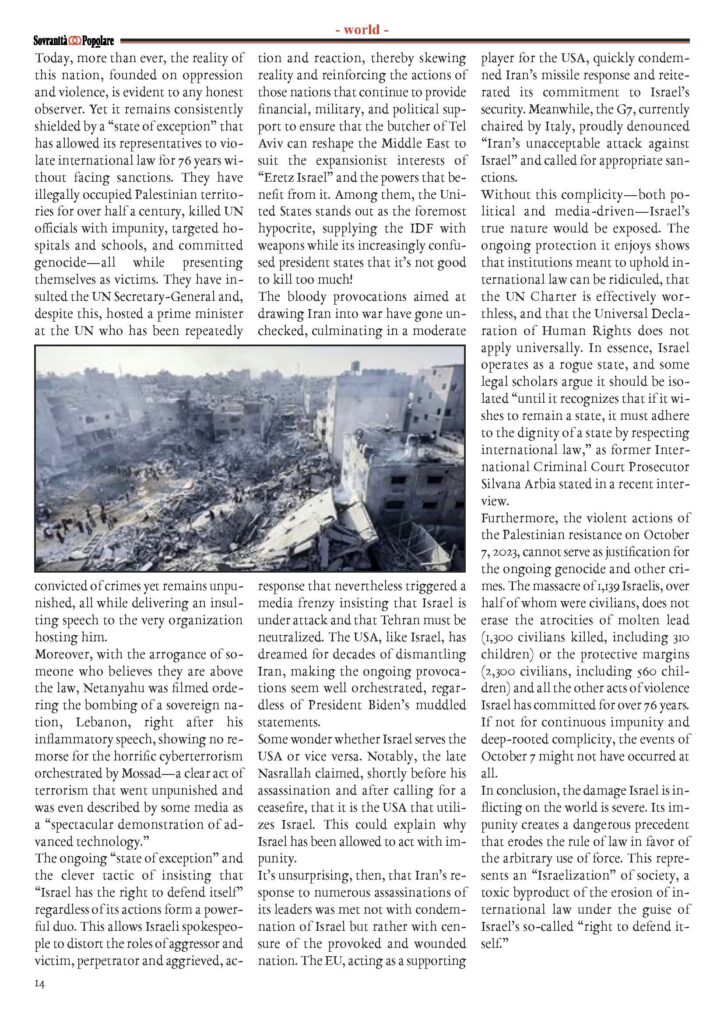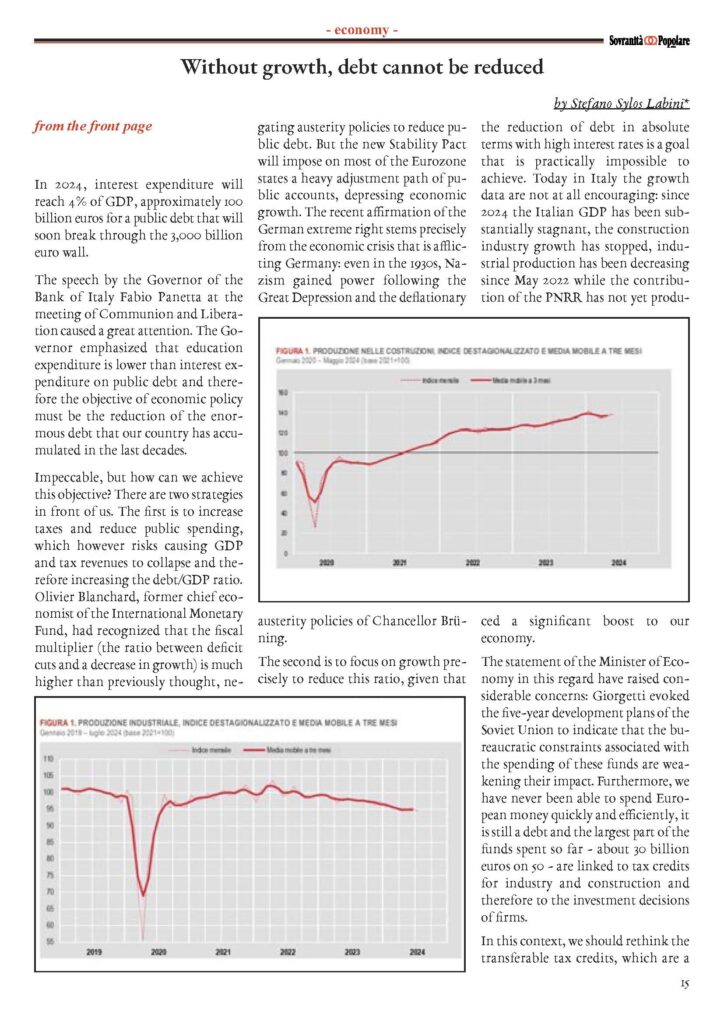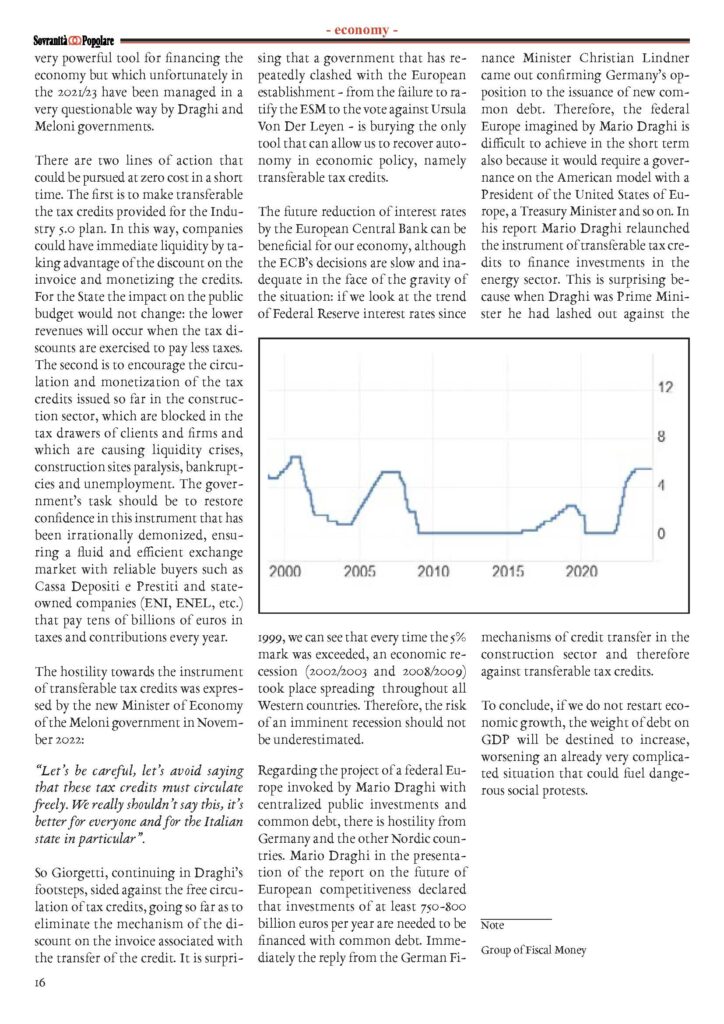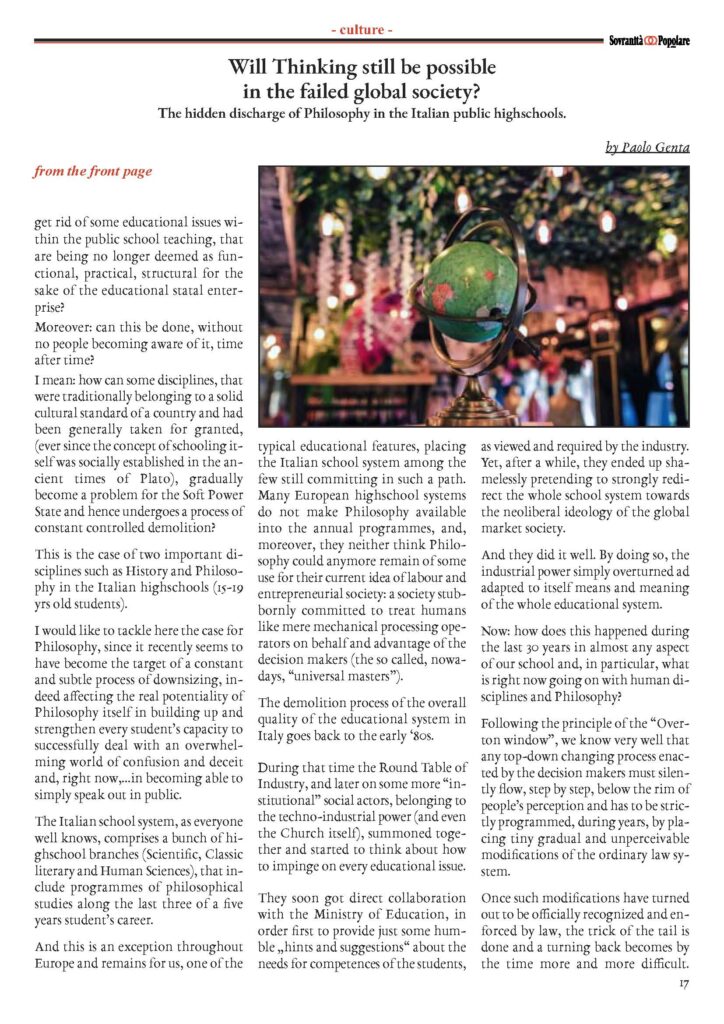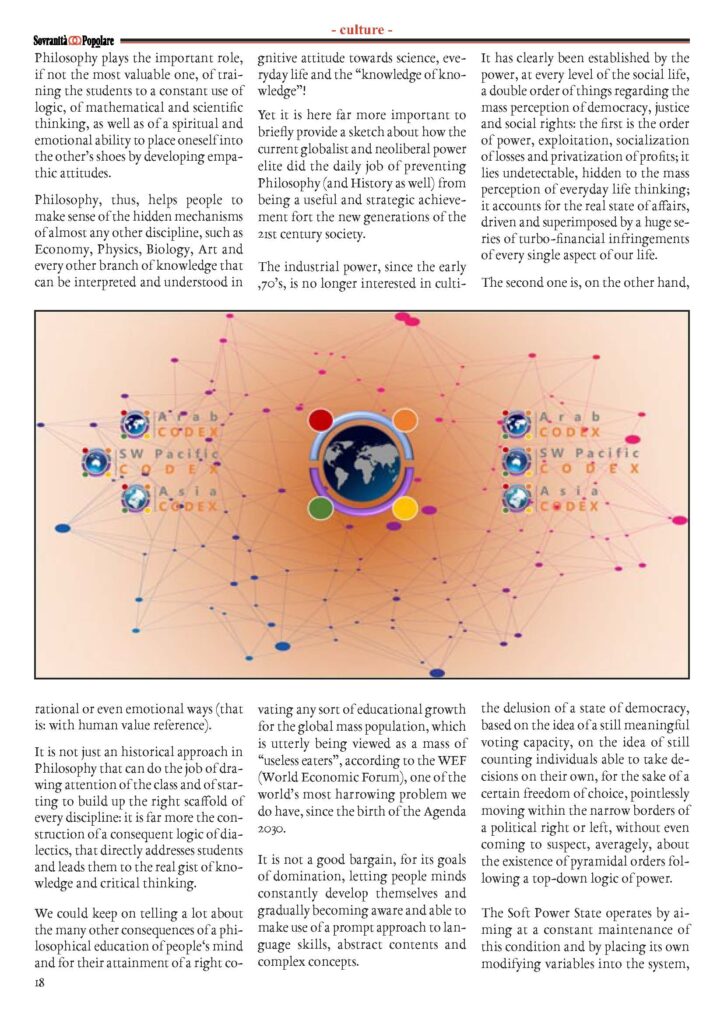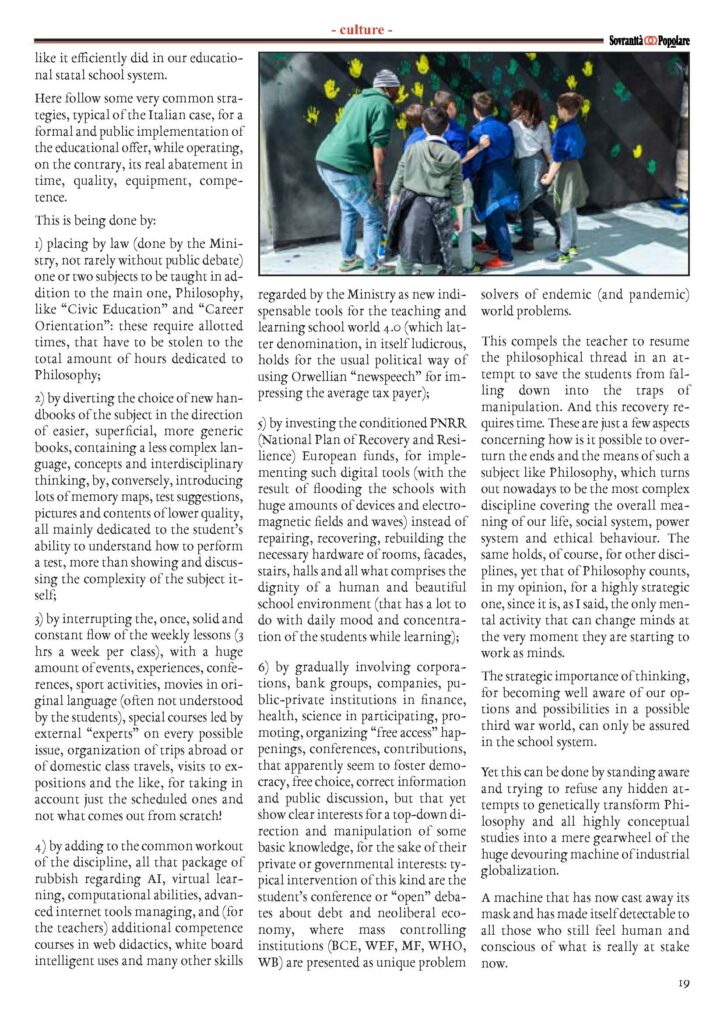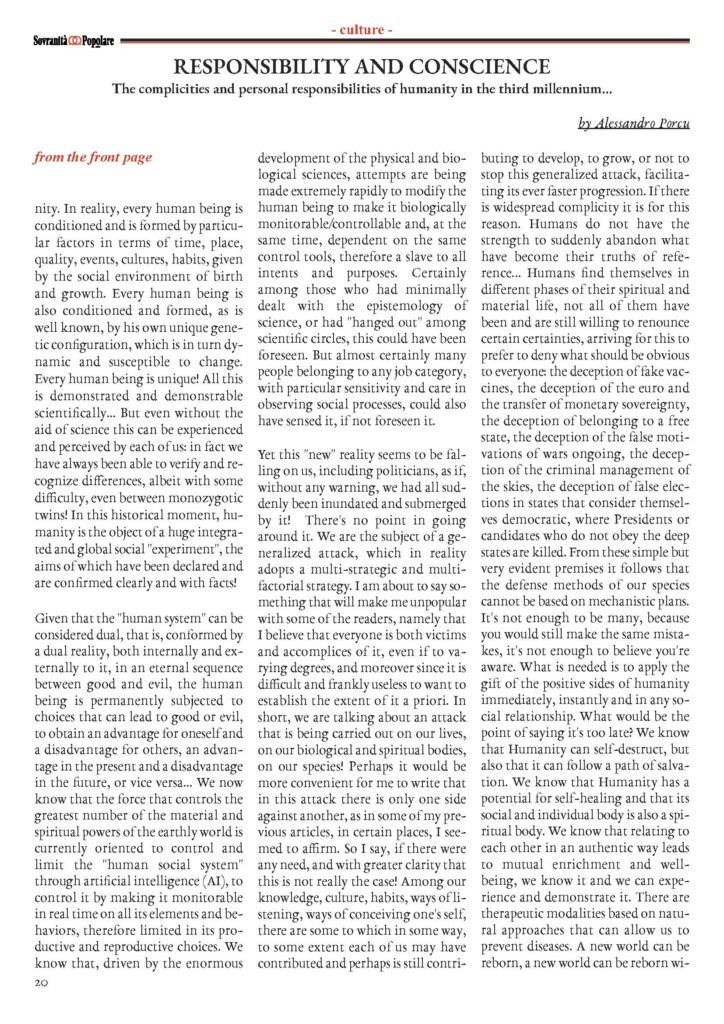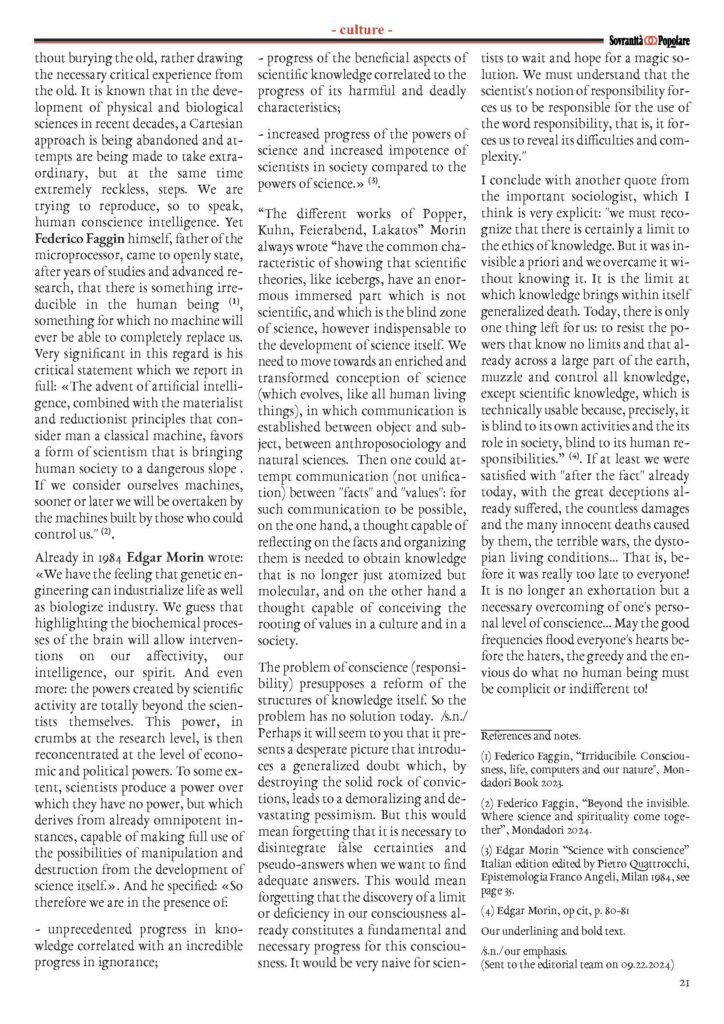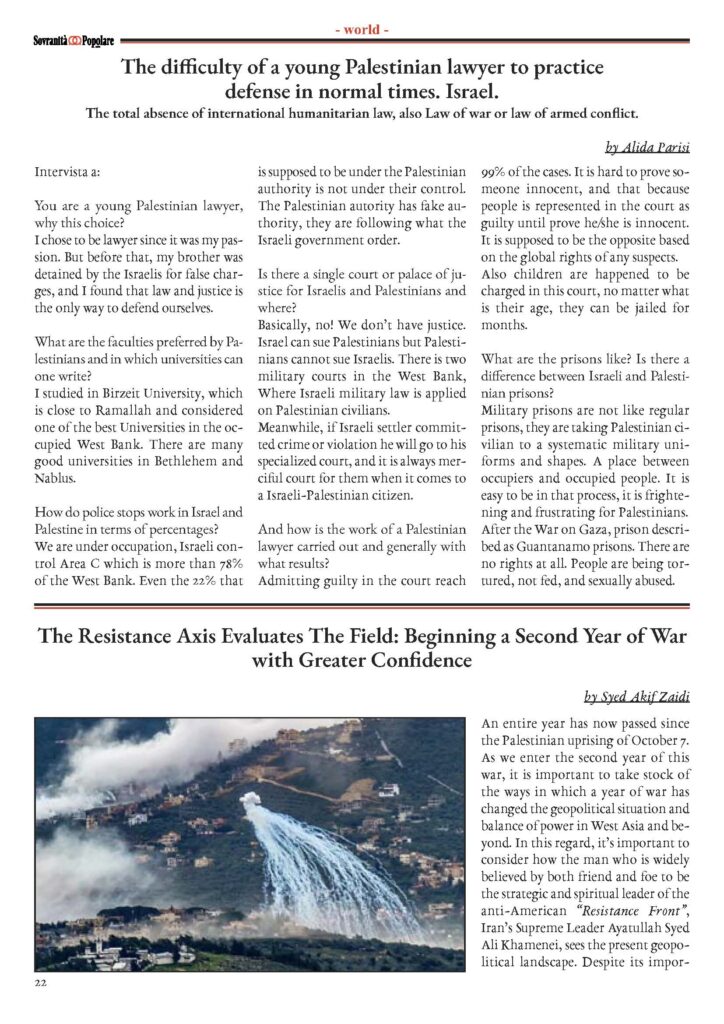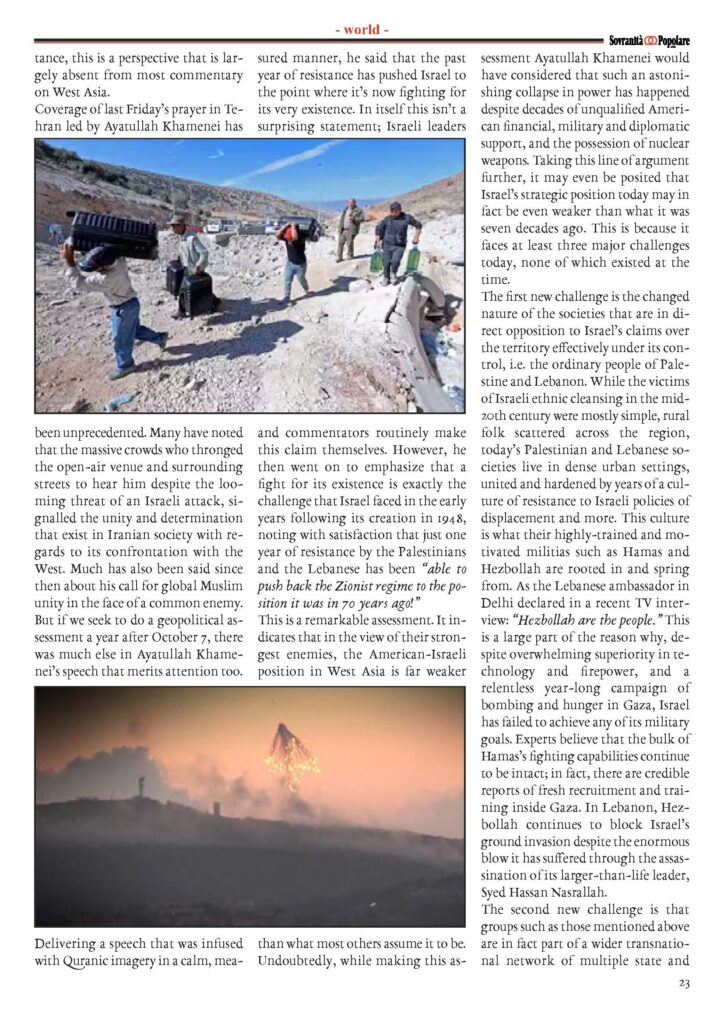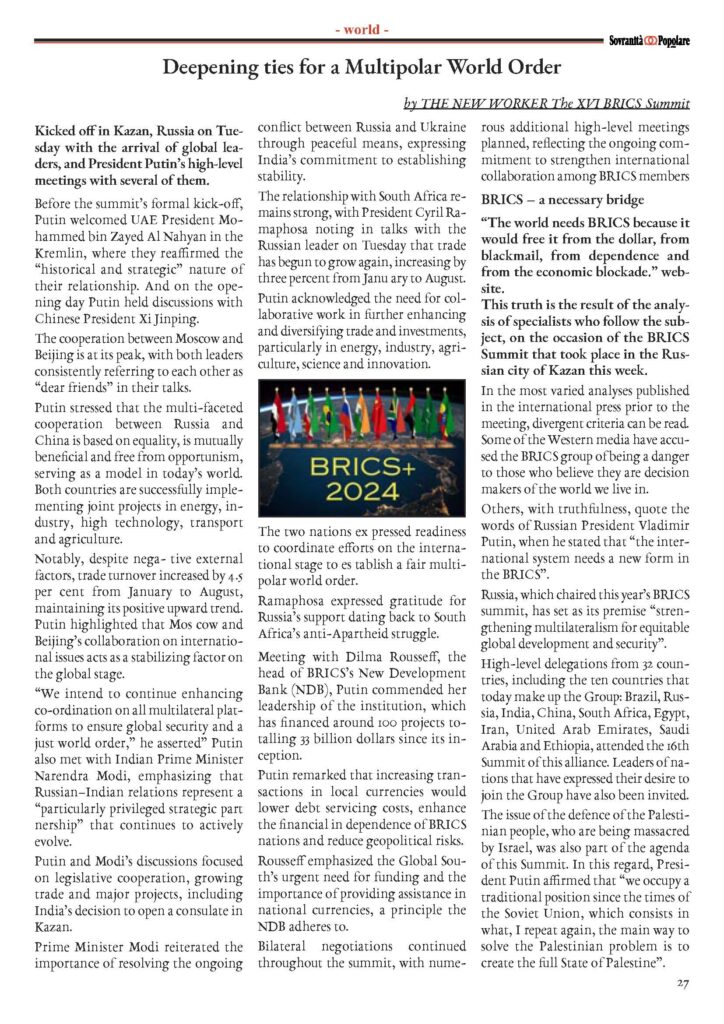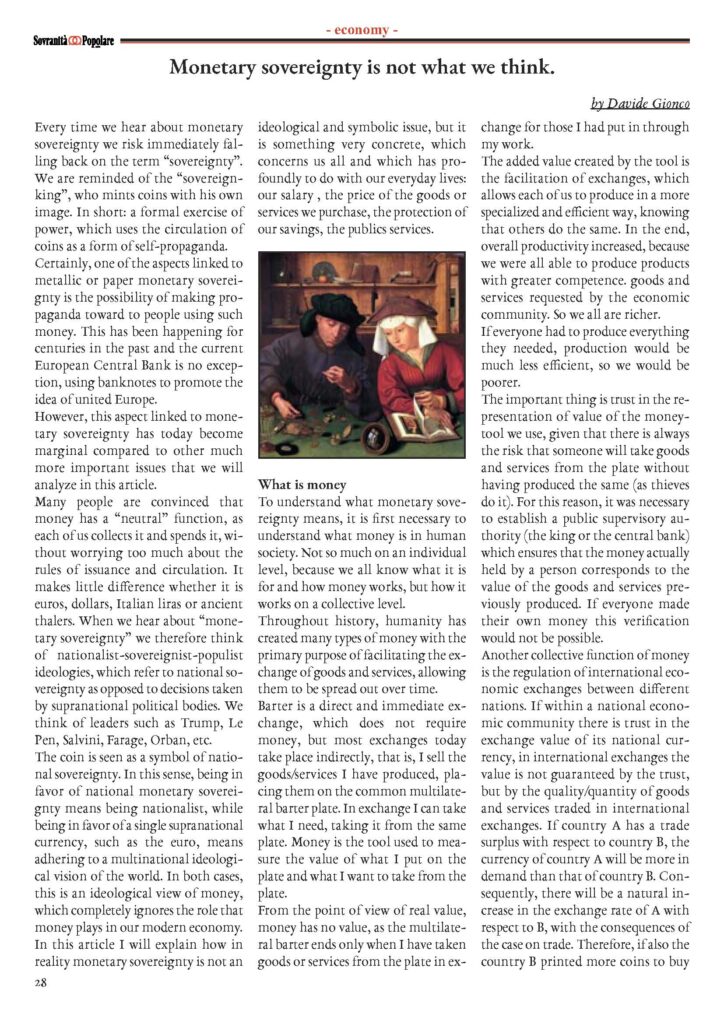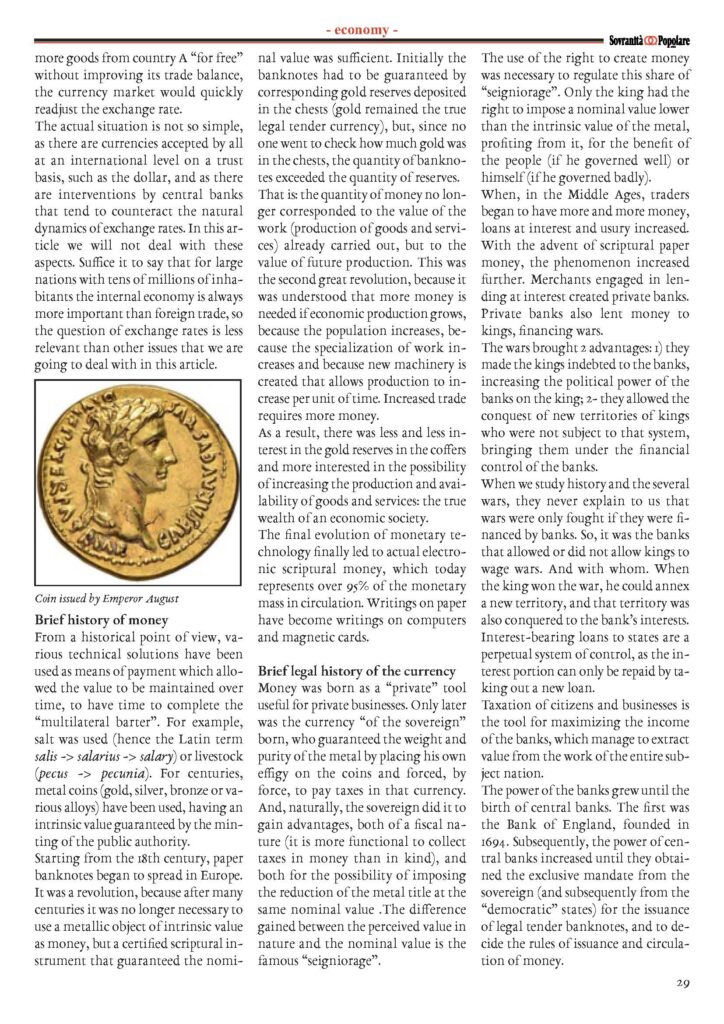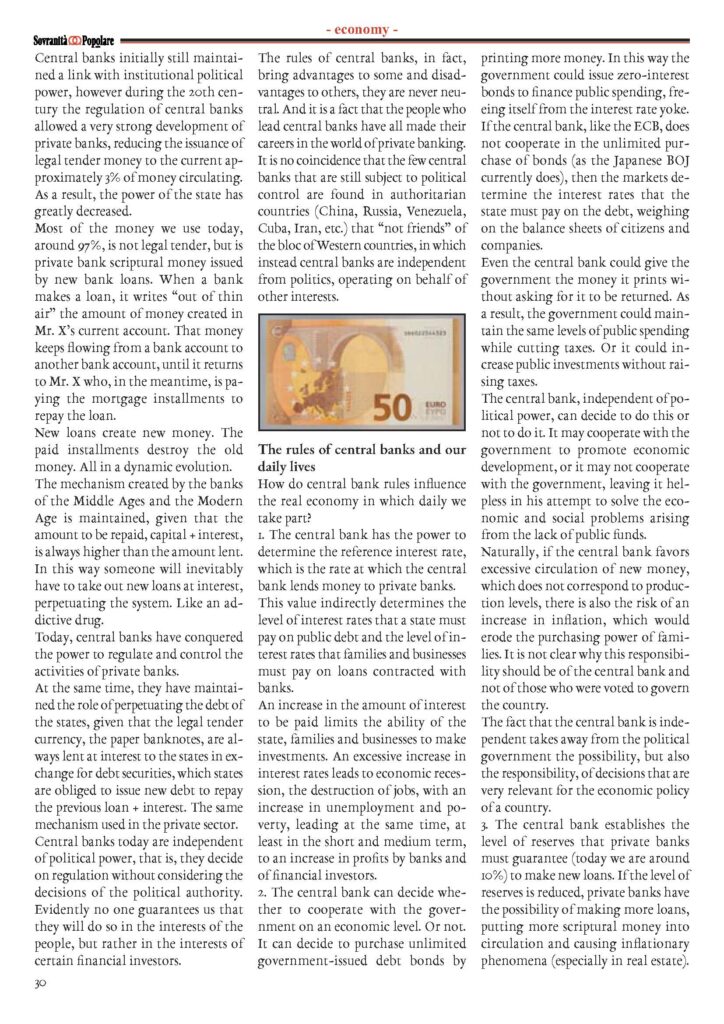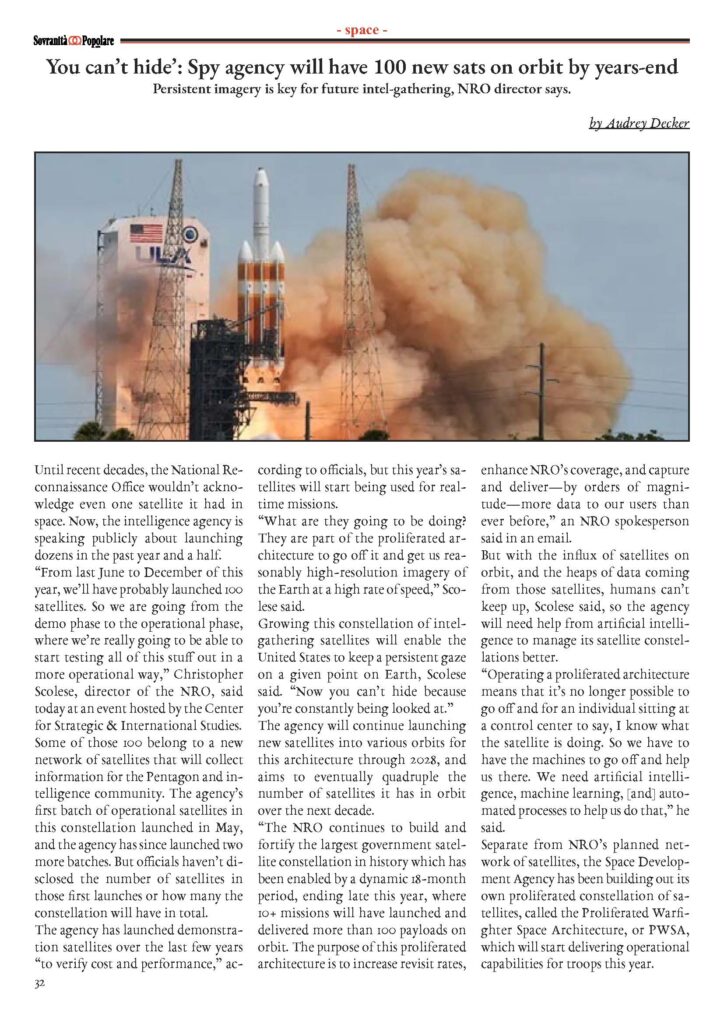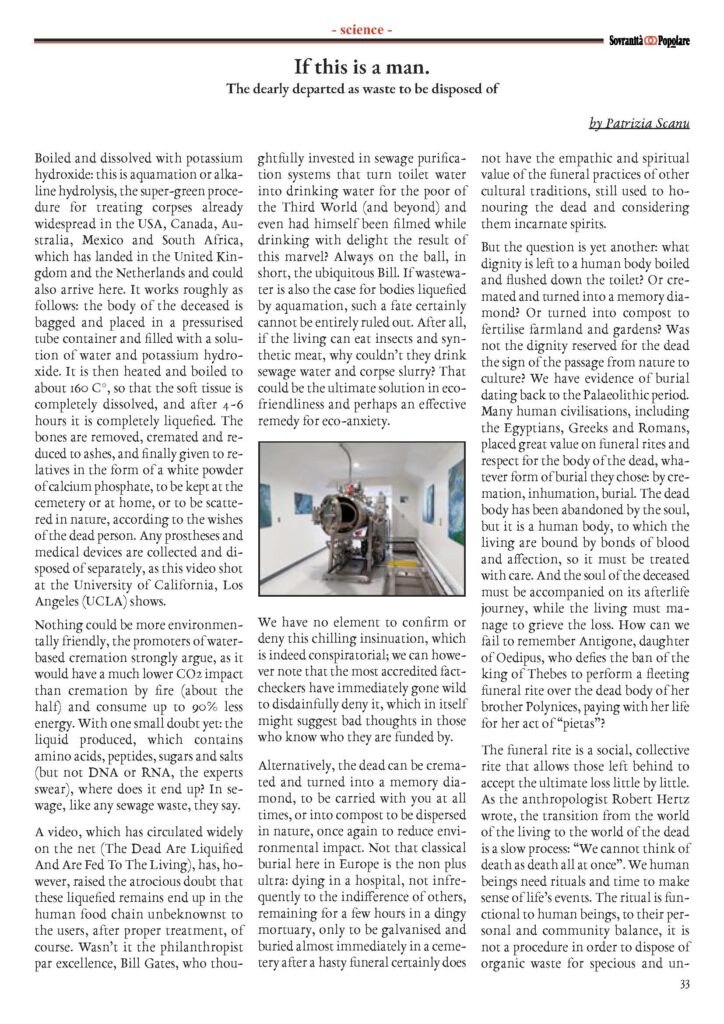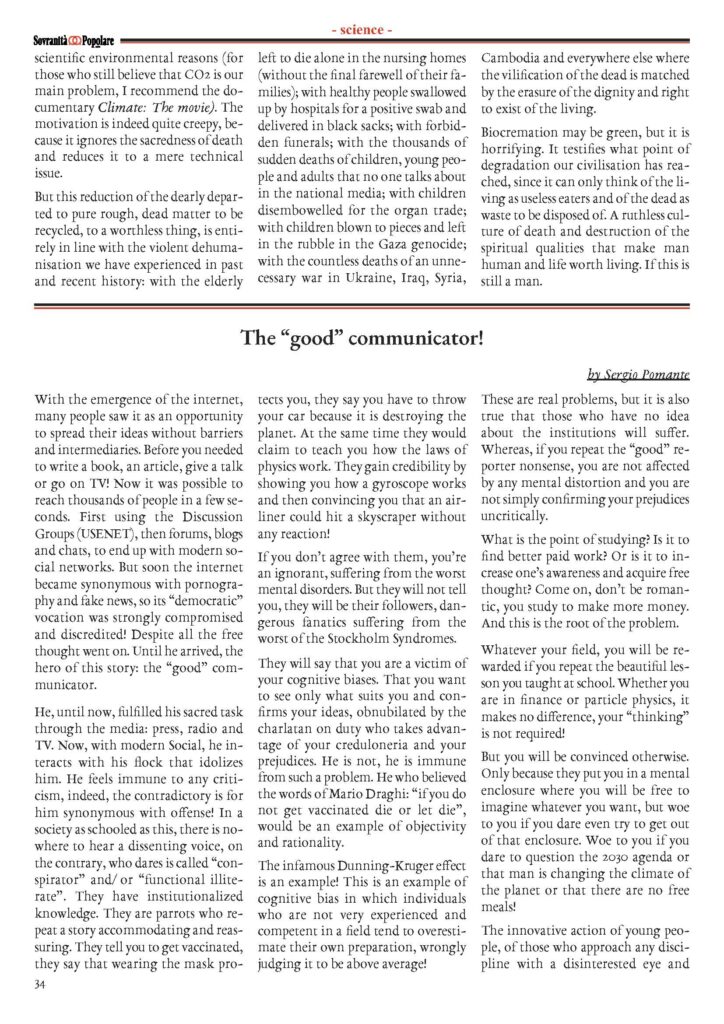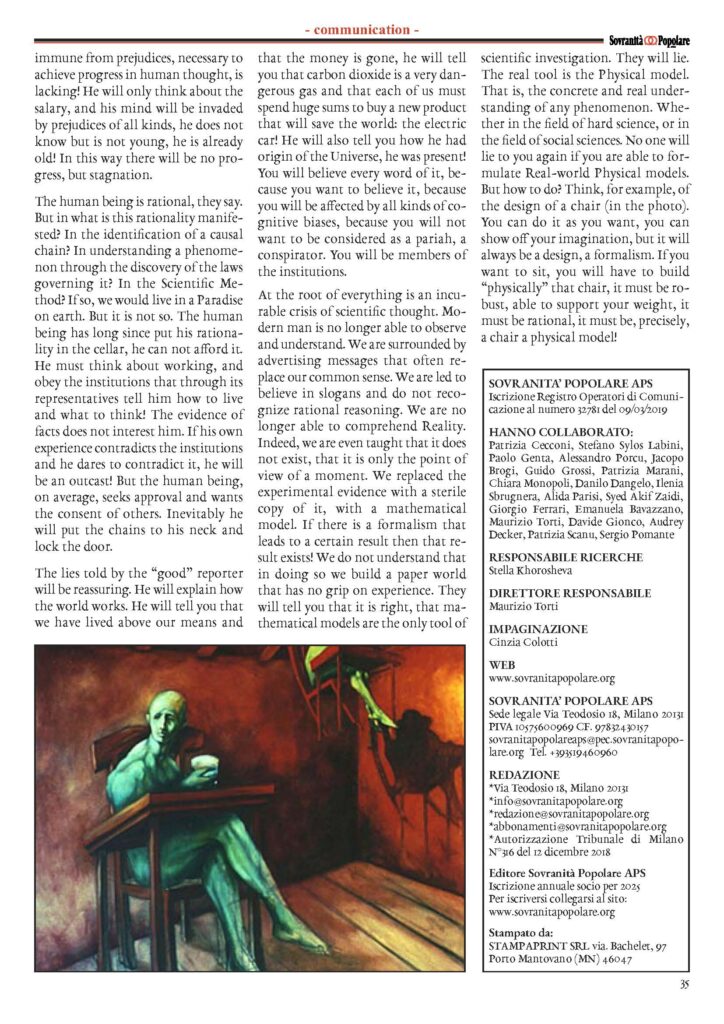Leggi questo articolo in Italiano ![]()
Boiled and dissolved with potassium hydroxide: this is aquamation or alkaline hydrolysis, the super-green procedure for treating corpses already widespread in the USA, Canada, Australia, Mexico and South Africa, which has landed in the United Kingdom and the Netherlands and could also arrive here. It works roughly as follows: the body of the deceased is bagged and placed in a pressurised tube container and filled with a solution of water and potassium hydroxide. It is then heated and boiled to about 160 C°, so that the soft tissue is completely dissolved, and after 4-6 hours it is completely liquefied. The bones are removed, cremated and reduced to ashes, and finally given to relatives in the form of a white powder of calcium phosphate, to be kept at the cemetery or at home, or to be scattered in nature, according to the wishes of the dead person. Any prostheses and medical devices are collected and disposed of separately, as this video shot at the University of California, Los Angeles (UCLA) shows.
Nothing could be more environmentally friendly, the promoters of water-based cremation strongly argue, as it would have a much lower CO2 impact than cremation by fire (about the half) and consume up to 90% less energy. With one small doubt yet: the liquid produced, which contains amino acids, peptides, sugars and salts (but not DNA or RNA, the experts swear), where does it end up? In sewage, like any sewage waste, they say.
A video, which has circulated widely on the net (The Dead Are Liquified And Are Fed To The Living), has, however, raised the atrocious doubt that these liquefied remains end up in the human food chain unbeknownst to the users, after proper treatment, of course. Wasn’t it the philanthropist par excellence, Bill Gates, who thoughtfully invested in sewage purification systems that turn toilet water into drinking water for the poor of the Third World (and beyond) and even had himself been filmed while drinking with delight the result of this marvel? Always on the ball, in short, the ubiquitous Bill. If wastewater is also the case for bodies liquefied by aquamation, such a fate certainly cannot be entirely ruled out. After all, if the living can eat insects and synthetic meat, why couldn’t they drink sewage water and corpse slurry? That could be the ultimate solution in eco-friendliness and perhaps an effective remedy for eco-anxiety.
We have no element to confirm or deny this chilling insinuation, which is indeed conspiratorial; we can however note that the most accredited fact-checkers have immediately gone wild to disdainfully deny it, which in itself might suggest bad thoughts in those who know who they are funded by.
Alternatively, the dead can be cremated and turned into a memory diamond, to be carried with you at all times, or into compost to be dispersed in nature, once again to reduce environmental impact. Not that classical burial here in Europe is the non plus ultra: dying in a hospital, not infrequently to the indifference of others, remaining for a few hours in a dingy mortuary, only to be galvanised and buried almost immediately in a cemetery after a hasty funeral certainly does not have the empathic and spiritual value of the funeral practices of other cultural traditions, still used to honouring the dead and considering them incarnate spirits.
But the question is yet another: what dignity is left to a human body boiled and flushed down the toilet? Or cremated and turned into a memory diamond? Or turned into compost to fertilise farmland and gardens? Was not the dignity reserved for the dead the sign of the passage from nature to culture? We have evidence of burial dating back to the Palaeolithic period. Many human civilisations, including the Egyptians, Greeks and Romans, placed great value on funeral rites and respect for the body of the dead, whatever form of burial they chose: by cremation, inhumation, burial. The dead body has been abandoned by the soul, but it is a human body, to which the living are bound by bonds of blood and affection, so it must be treated with care. And the soul of the deceased must be accompanied on its afterlife journey, while the living must manage to grieve the loss. How can we fail to remember Antigone, daughter of Oedipus, who defies the ban of the king of Thebes to perform a fleeting funeral rite over the dead body of her brother Polynices, paying with her life for her act of “pietas”?
The funeral rite is a social, collective rite that allows those left behind to accept the ultimate loss little by little. As the anthropologist Robert Hertz wrote, the transition from the world of the living to the world of the dead is a slow process: “We cannot think of death as death all at once”. We human beings need rituals and time to make sense of life’s events. The ritual is functional to human beings, to their personal and community balance, it is not a procedure in order to dispose of organic waste for specious and unscientific environmental reasons (for those who still believe that CO2 is our main problem, I recommend the documentary Climate: The movie). The motivation is indeed quite creepy, because it ignores the sacredness of death and reduces it to a mere technical issue.
But this reduction of the dearly departed to pure rough, dead matter to be recycled, to a worthless thing, is entirely in line with the violent dehumanisation we have experienced in past and recent history: with the elderly left to die alone in the nursing homes (without the final farewell of their families); with healthy people swallowed up by hospitals for a positive swab and delivered in black sacks; with forbidden funerals; with the thousands of sudden deaths of children, young people and adults that no one talks about in the national media; with children disembowelled for the organ trade; with children blown to pieces and left in the rubble in the Gaza genocide; with the countless deaths of an unnecessary war in Ukraine, Iraq, Syria, Cambodia and everywhere else where the vilification of the dead is matched by the erasure of the dignity and right to exist of the living.
Biocremation may be green, but it is horrifying. It testifies what point of degradation our civilisation has reached, since it can only think of the living as useless eaters and of the dead as waste to be disposed of. A ruthless culture of death and destruction of the spiritual qualities that make man human and life worth living. If this is still a man.
Pubblicato su Sovranità popolare, n° 2, ottobre 2024
Si può leggere la rivista qui sotto:


